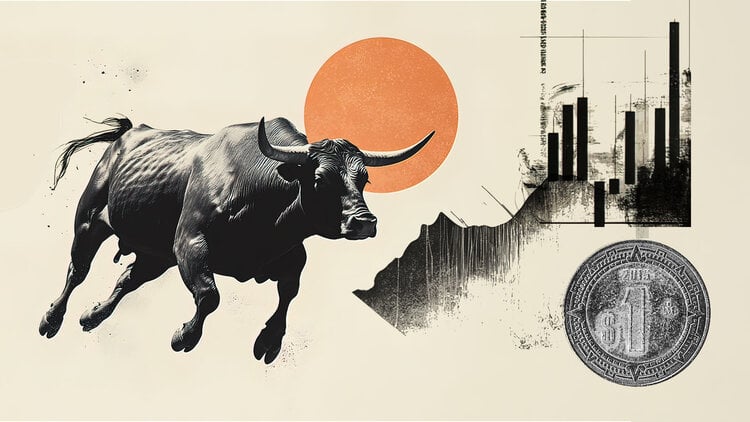For the first time in 20 years, the exchange rate between the euro and the US dollar has reached parity – that is, the two currencies have the same value.
The euro hit $1 on Tuesday (12), registering a drop of around 12% since the beginning of the year.
Recession fears on the European continent are rife, fueled by high inflation and uncertainty in energy supplies caused by Russia’s invasion of Ukraine.
The European Union, which before the war received about 40% of its gas through Russian pipelines, is trying to reduce its dependence on Russian oil and gas.
At the same time, Russia has reduced gas supplies to some EU countries and recently cut the flow on the Nord Stream gas pipeline to Germany by 60%. This critical piece of gas import infrastructure in Europe has now been closed for scheduled maintenance for the past 10 days.
German authorities fear it cannot be turned on again.
The energy crisis is accompanied by an economic slowdown, which has cast doubt on whether the European Central Bank (ECB) can adequately tighten policy to reduce inflation.
The ECB has announced that it will raise interest rates this month for the first time since 2011, as the euro zone’s inflation rate stands at 8.6%.
But some say the ECB is far behind the curve, and a hard landing is almost inevitable.
Germany recorded its first trade deficit in goods since 1991 last week as fuel prices and general supply chain chaos significantly boosted the price of imports.
“Given the commodity price sensitive nature of Germany’s exports, it remains difficult to imagine that the trade balance could improve significantly from here in the coming months, given the expected slowdown in the eurozone economy,” currency strategists wrote. from Saxo Bank in a recent note.
A series of aggressive interest rate hikes by central banks, including the Federal Reserve System (Fed), along with slowing economic growth, will keep pressure on the euro as they drive investors to the US dollar as a safe haven, analysts say.
The Fed is well ahead of Europe in the tightening, having raised interest rates by 75 basis points, indicating more rate hikes to come this month.
This safe haven for the US dollar could become even more extreme if Europe and the US slip into recession, Deutsche’s global head of FX research George Saravelos warned in a note last week.
A situation where the euro is trading below the US dollar in the range of $0.95 to $0.97 could be “well achieved,” Saravelos wrote, “if both Europe and the US find themselves slipping into a deeper recession in the third quarter while the Fed is still raising rates.”
That’s good news for Americans with plans to visit Europe this summer, but it could spell bad news for global economic stability.
Source: CNN Brasil
I am Sophia william, author of World Stock Market. I have a degree in journalism from the University of Missouri and I have worked as a reporter for several news websites. I have a passion for writing and informing people about the latest news and events happening in the world. I strive to be accurate and unbiased in my reporting, and I hope to provide readers with valuable information that they can use to make informed decisions.







